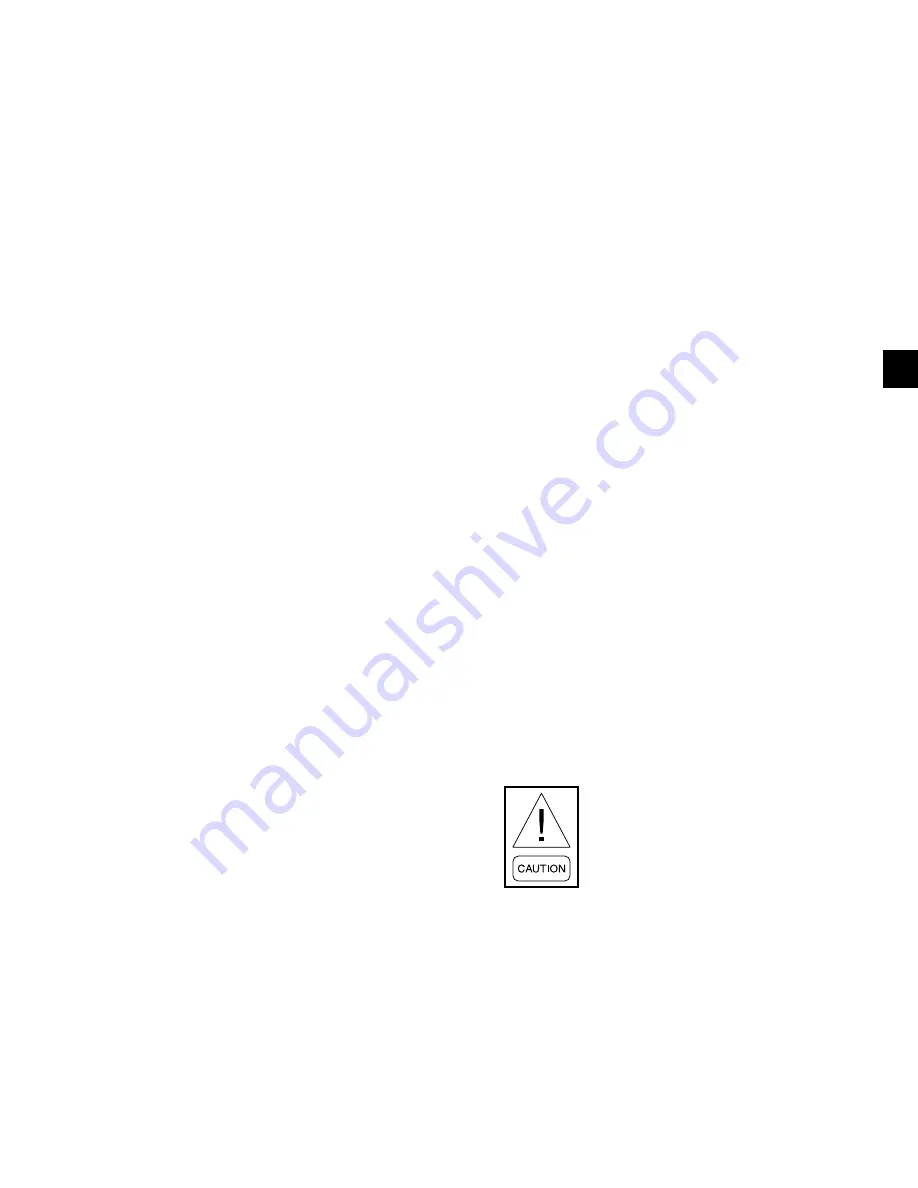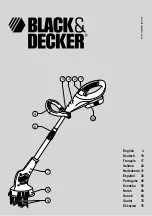
31
JOHNSON CONTROLS
FORM 201.21-NM4 (1020)
31
JOHNSON CONTROLS
4
Thermometer and pressure gauge connections should
be provided on the inlet and outlet connections of each
cooler. Gauges and thermometers are not provided
with the unit.
Drain and air vent connections should be provided at all
low and high points in the piping to permit drainage of
the system and to vent any air in the pipes.
Liquid system lines at risk of freezing, due to low ambi-
ent temperatures should be protected using insulation
and heater tape and/or a suitable glycol solution. The
liquid pump(s) may also be used to ensure liquid is
circulated when the ambient temperature approaches
freezing point.
Insulation should also be installed around the cooler
nozzles. Heater tape of 21 watts per meter under the
insulation is recommended, supplied independently and
controlled by an ambient temperature thermostat set
to switch on at approximately 4°F, above the freezing
temperature of the chilled liquid.
Evaporator heater mats are installed under the insula-
tion, and are powered from the chiller's control panel.
In sub-freezing conditions, unless the evaporator has
been drained or an appropriate water-to-glycol con-
centration is maintained, high voltage power to the
chiller must be kept on to ensure the heater mats assist
in evaporator freeze protection. If there is a potential
for power loss, Johnson Controls recommends that the
evaporator is drained or that water in the chilled water
circuit be replaced with an appropriate water-to-glycol
concentration.
Any debris left in the water piping
between the strainer and cooler could
cause serious damage to the tubes in
the cooler and must be avoided. Be
sure the piping is clean before connect-
ing it to the evaporator. Keep evapo-
rator nozzles and chilled liquid piping
capped prior to installation to assure
construction debris is not allowed to
enter.
The installer/user must also ensure that
the quality of the water in circulation is
adequate, without any dissolved gases,
which can cause oxidation of steel
parts within the cooler.
A flow switch must be installed in the customer pip
-
ing at the outlet of the cooler and wired back to the
control panel using shielded cable.
There should be a straight run of piping of at least 5
pipe diameters on either side. The flow switch should be
wired to Terminals 2 and 13 on the 1TB terminal block
(see FIG.22, Page 136). A flow switch is required to
prevent damage to the cooler caused by the unit operat-
ing without adequate liquid flow.
The flow switch used must have gold plated contacts for
low voltage/current operation. Paddle type flow switches
suitable for 150 PSIG (10 bar) working pressure and hav-
ing a 1” N.P.T. connection can be obtained from YORK
as an accessory for the unit. Alternatively, a differential
pressure switch fitted across an orifice plate may be used,
preferably of the high/low limit type.
The chilled liquid pump(s) installed in the piping
system(s) should discharge directly into the unit cooler
section of the system. The pump(s) may be controlled
by the chiller controls or external to the unit. For de-
tails, refer to “Electrical Elementary and Connection
Diagrams.”
Pipework and fittings must be separately supported to
prevent any loading on the cooler. Flexible connections
are recommended which will also minimize transmis-
sion of vibrations to the building. Flexible connections
must be used if the unit is mounted on anti-vibration
mounts, as some movement of the unit can be expected
in normal operation.
Piping and fittings immediately next to the cooler should
be readily de-mountable to enable cleaning before opera-
tion, and to facilitate visual inspection of the exchanger
nozzles.
The cooler must be protected by a strainer, prefer
-
ably of 40 mesh, fitted as close as possible to the
liquid inlet connection, and provided with a means
of local isolation.
The cooler must not be exposed to flushing velocities or
debris released during flushing. It is recommended that a
suitably sized bypass and valve arrangement is installed
to allow flushing of the piping system. The bypass can
be used during maintenance to isolate the heat exchanger
without disrupting flow to other units.
















































